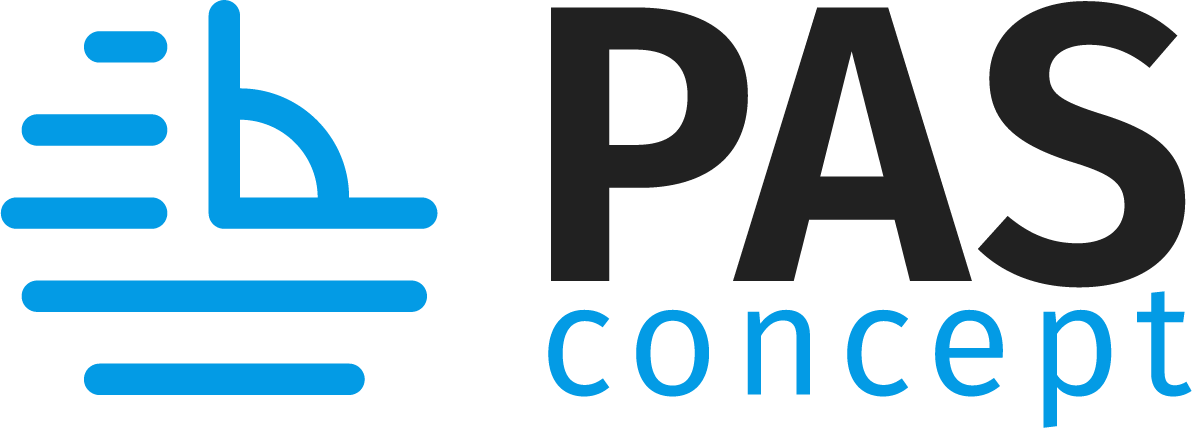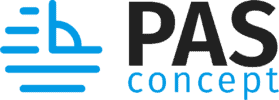
Remote Teams Best Practices
In a context where physical presence is no longer essential, working outside the traditional office environment has become the new normal. The best practices for teams working remotely are based on the orderly and sufficient use of Information and Communication Technologies (ICT). Achieving the synergy of ICT with human resources, the preparation/adaptation of the latter, and the possibility of managing knowledge remotely, become a strong competitive advantage for any company nowadays.
In a world where work surpasses the local boundaries and even expands to other regions, it becomes essential to know the advantages and disadvantages of remote work, and the best practices for its use as well as the computer tools for its correct development.
Advantages of Teams Working Remotely
When working remotely, companies assume a technological model that lays its foundations on integration, adaptability and the open nature that technology offers. Flexibility turns out to be one of the greatest advantages offered by this type of modality. The work team has the possibility to organize their working hours, totally apart from the fixed standards of an office.
In the search and implementation of best practices for teams working remotely, the autonomy of each member is vital. Having resilient, disciplined, and responsible workers will allow adequate management of their time. Said management will make it possible to effectively reconcile work with private life.
The absence of an office or physical space within the company is another advantage to be assessed, which translates into the reduction of overhead costs. With remote work, the organizational culture is also strengthened by integrating ICT with the human resources of the company. Customer relationships could be improved, and there are monetary savings and stress relief.
Disadvantages
Even though there are several advantages to working from home, there are certain disadvantages that may affect some workers more than others. Those who work remotely might develop the feeling of disconnection. For those who are used to an office environment, work becomes a second home. We spend more hours with our co-workers than we do with our own families. Not sharing the morning conversations while drinking coffee, or having the opportunity to decompress by walking around the office are some of the examples that are eliminated when working from home. Not all members of the company are willing to take on this task. Identifying the most resilient workers is a successful strategy for a successful remote environment.
Even though the elimination of socializing at work may become an advantage for any business owner, distraction and dispersion are other disadvantages that may arise while working from home. Household chores, entertainment equipment such as television, or others can become sources of distraction for some team members. If a project happens to be delayed, you can certainly blame NETFLIX for releasing a new binge-worthy show. (Just Kidding!)
Another factor to take into account is inadequate communication when trying to resolve labor disagreements. Assertive and proactive feedback is part of the best practices for teams working remotely. Establishing specific communication protocols and tools will become crucial for the digital working environment.
Remote Teams Best Practices
Working remotely is a source of productivity if you have the right tools and practices. Dedicating a space at home for office duties, away from all distractions, will make working from home a lot smoother. Workers should decorate their home-office just as they would their regular office. Feeling comfortable in a pleasant workspace will make all the difference in the world. Decorating with images and small ornamental plants, as well as having liquids on hand to hydrate, will make it easier for the worker to embrace a state of work and productivity.
To avoid disconnection it is important to use communication tools. Communicating face to face with the rest of the team allows you to feel part of a two-way, interactive process. Meetings by video calls with colleagues will allow ideas, tasks, and activities to be shared. Using chat or email is effective when sharing small documents and communicating action plans.
Actions and results will be achieved by using tools for collaborative work that simultaneously support project monitoring and management by objectives. These collaborative tools allow you to designate, develop, exchange, and control everything that the team does. They must be supported by hosting systems for document control, which enhances the flow of information in a consistent and secure manner.
To achieve the best practices for teams working remotely, it is necessary that digital skills are up to date and, above all, that workers are motivated in the achievement of successful projects.
Communication Tools
The forums, chats, emails, videoconferences, among others, have the purpose of solving the different information and communication needs between the agents that participate in the project management process in a virtual environment.
The much-needed regular meetings that are held via video conferencing can be done through the ZOOM platform. This is a cloud-based video conferencing service. It is used to hold virtual meetings between two or more people, either by video, audio, or both. All while chatting live. Another advantage this tool offers is that it gives you the option to record those sessions for later viewing.
Tools for Collaborative Work
Within these tools, Trello is constituted as an accessible application due to its simple interface. It is installed in the cloud so it is not necessary to have space on personal computers for its use. It works through boards from which the different projects in development can be separated. The board is made up of lists or tasks to be done. The tasks to be carried out can be assigned to one person or to several. In addition, an execution date can be indicated to them, as well as labeled according to the specific needs.
Asana is another tool that allows you to create a workspace for all team members. It also has labels and includes delivery dates. It supports attaching files and stands out for its integrated communication system. It does not depend on other external tools, so in the same suite, there is a simple project management tool plus internal communication services for members.
Last but not least, Slack is the favorite collaboration platform of many creatives. “With Slack, there is no waste of time or product because you can communicate things immediately”. In this platform, you can communicate with team members in channels that are specific to each project, which is very useful when it comes to effectively manage several projects at the same time.
Documents Under Control
If we talk about hosting systems, there is nothing better than The Cloud. A huge network of remote servers from around the world that are connected to function as a single ecosystem. The ability to store and manage data, run applications, or deliver content or services, such as video streaming, webmail, office software, or social media makes it special. With the Cloud, information is available wherever you go and whenever it is needed.
Bringing Work to the Worker, and not the Worker to Work
COVID-19 forcefully made the world adapt to a different way of living. This has made us realize how fortunate we are to have the technological advances we currently take advantage of. In the private sector specifically, business owners were encountered with obstacles they never thought they had to resolve. Fortunately, electronic and virtual tools allowed firms to move into a completely different type of business model. Even though a lot of businesses were not able to survive the pandemic, we hope many found a way to do business differently. As the world is constantly changing around us, we have learned that together we can adapt and conquer.






